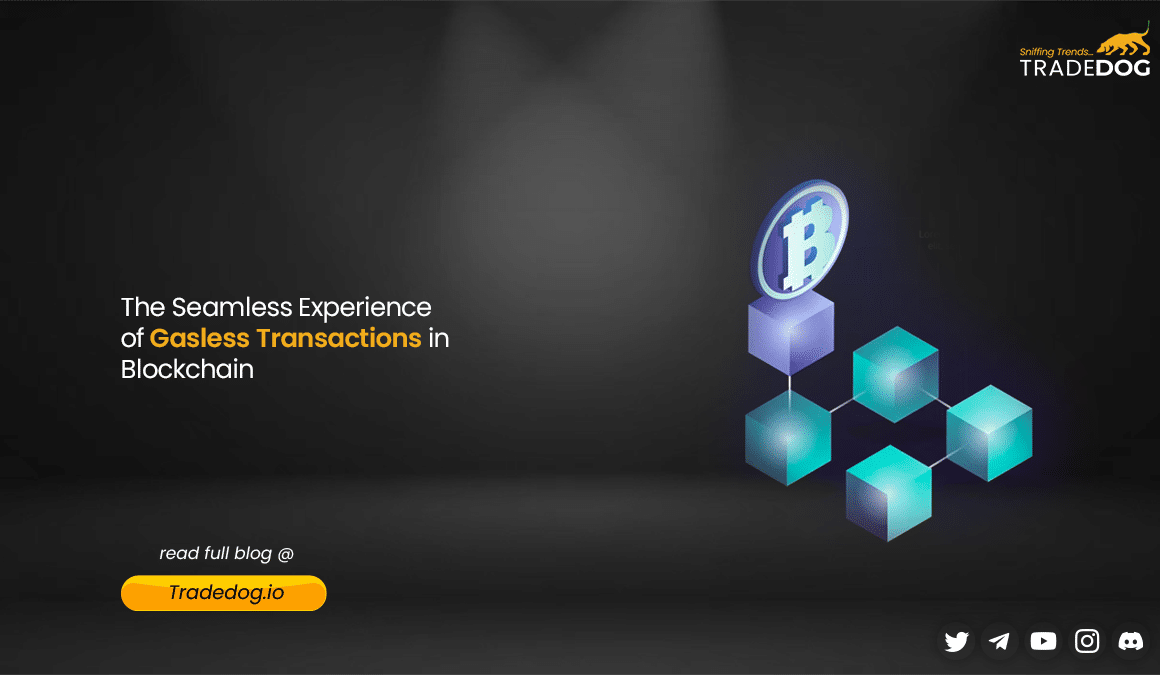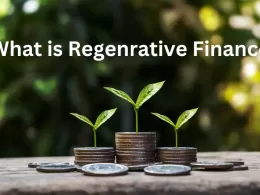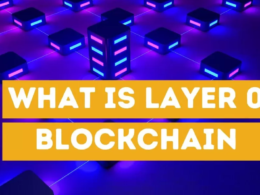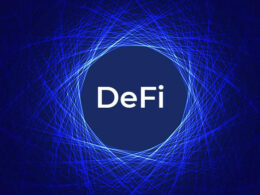The concept of ‘gasless transactions’ has been gaining considerable traction in the web3 ecosystem. Let us demystify what gasless transactions are, and how they work, and highlight some of the prominent projects in this space.
The Need for Gasless Transactions
In traditional blockchain transactions, such as those on the Ethereum network, ‘gas’ is a critical component. Gas is the fee, or pricing value, required to conduct a transaction or execute a contract on the blockchain network. It’s a way to allocate network resources. However, gas fees can fluctuate dramatically, often making transactions expensive and unpredictable.
This is where gasless transactions come into play. They are designed to alleviate the burden of gas fees for users, making blockchain transactions more accessible and user-friendly. The essence of gasless transactions lies in their ability to enhance user experience and broaden the adoption of blockchain technology, especially for those who find the cost of gas fees prohibitive.
How Gasless Transactions Work
Gasless transactions fundamentally alter the traditional transaction model on a blockchain. In a standard transaction, the user initiating the transaction pays the gas fee. However, in a gasless setup, this fee is either subsidized or deferred. There are a few methods through which this can be achieved:
- Relayer Networks: These networks consist of relayer nodes that pay the gas fee on behalf of the user. The user signs the transaction, and the relayer sends it to the blockchain, paying the gas fee. The relayer is then compensated in other ways, often through specific tokens or off-chain agreements.
- Meta Transactions: These are a type of transaction where the information about the sender and the transaction fee is separated. The user signs a transaction, and a third party (not necessarily the relayer) submits it to the blockchain, paying the gas fee. The smart contract logic then executes the transaction as if it came from the original sender.
- Gas Tokens: Some platforms use gas tokens that users can purchase when gas prices are low and redeem or use when they are high. This doesn’t make the transaction gasless but can mitigate the cost significantly.
Prominent Gasless Transaction Projects
Several projects are leading the way in implementing gasless transaction models. Some of these include:
- Biconomy: This is a relayer infrastructure network and transaction platform that simplifies the transaction process on decentralized applications (dApps). It allows users to perform transactions without having to worry about gas, as Biconomy handles these aspects.
- Gnosis Safe: This platform uses a combination of meta transactions and relayer services to enable users to conduct gasless transactions. It’s particularly popular in the Ethereum community for managing collective crypto assets.
- Loopring: This is a decentralized exchange protocol that leverages zero-knowledge proofs to facilitate high-throughput, low-cost trading and payment on the Ethereum network.
Conclusion
Gasless transactions represent a significant step towards making blockchain technology more accessible and user-friendly. By removing the barrier of gas fees, these innovative approaches allow a wider audience to engage with blockchain and its myriad applications. As the technology matures, we can expect to see more adoption and evolution in this space, furthering the reach and potential of blockchain technology.









